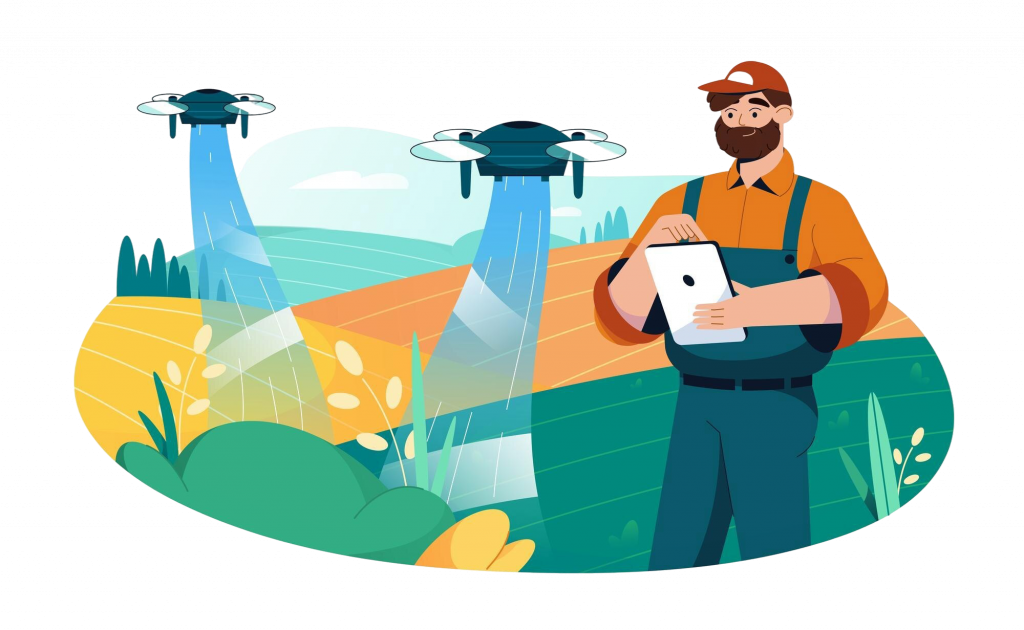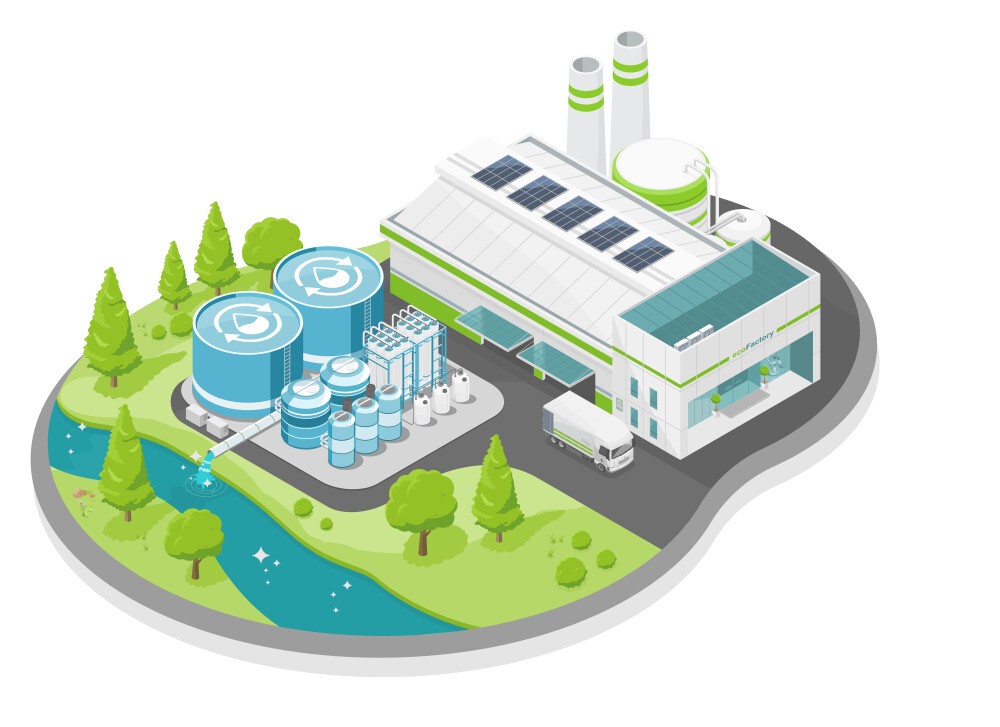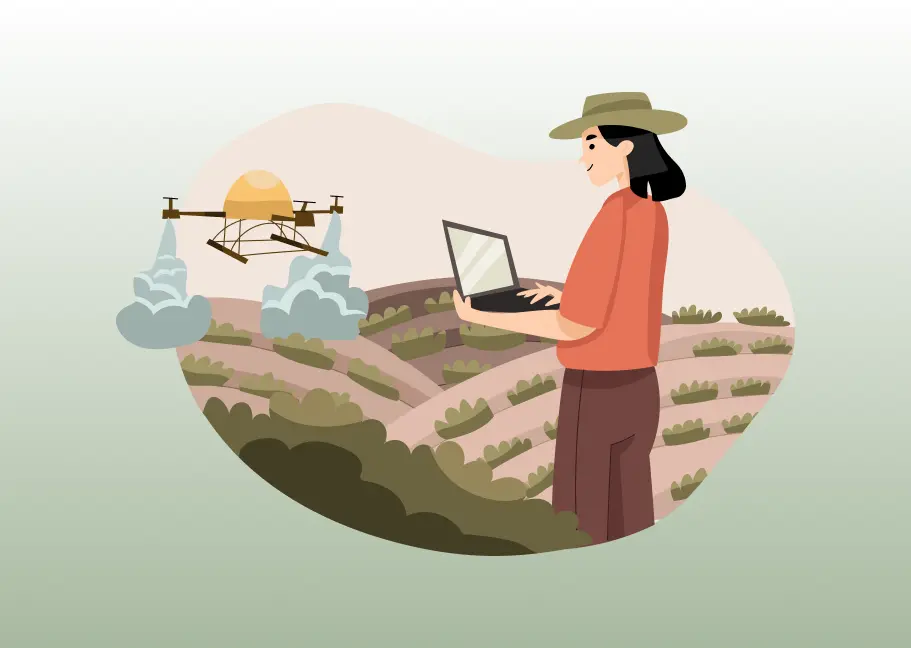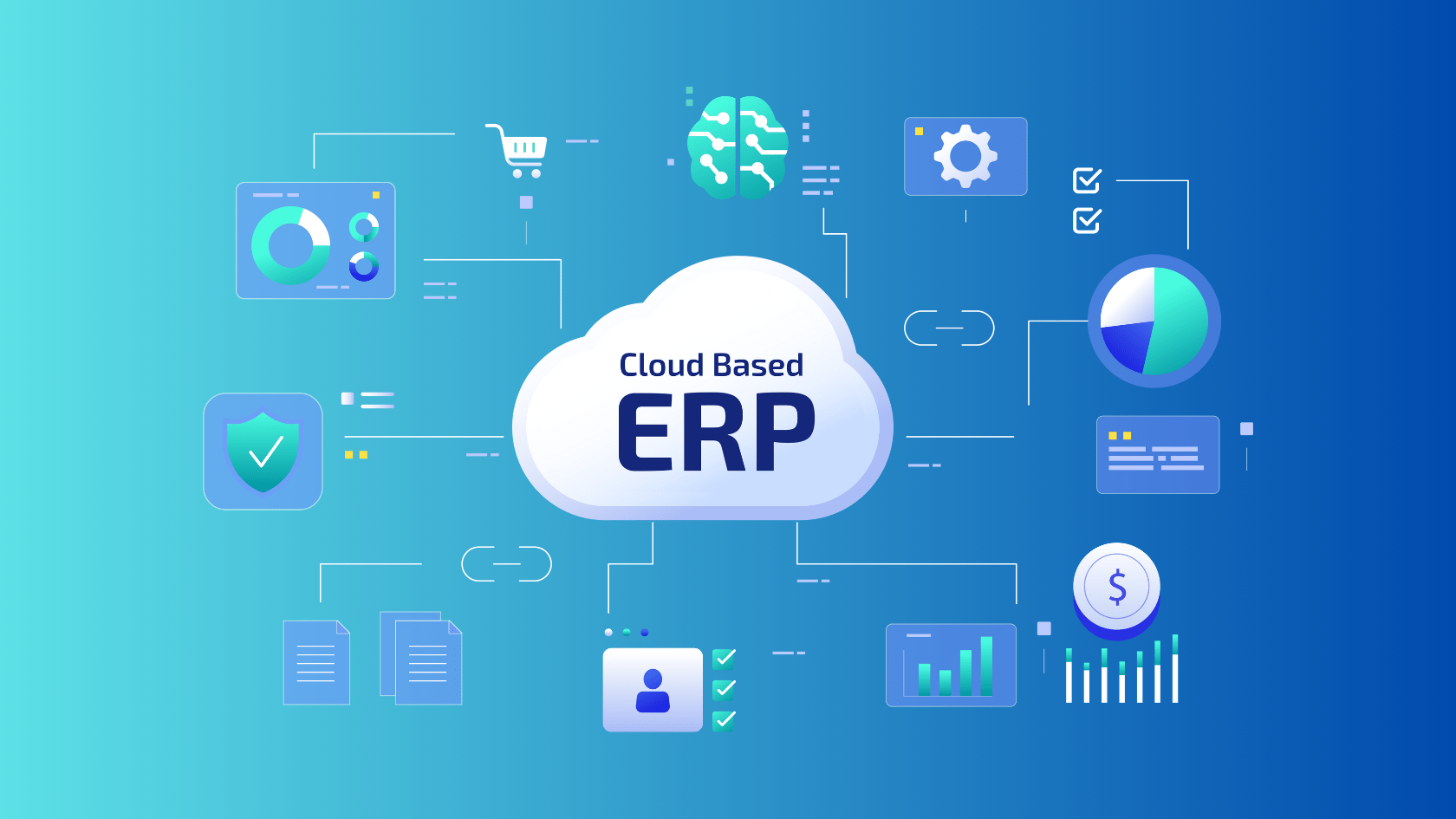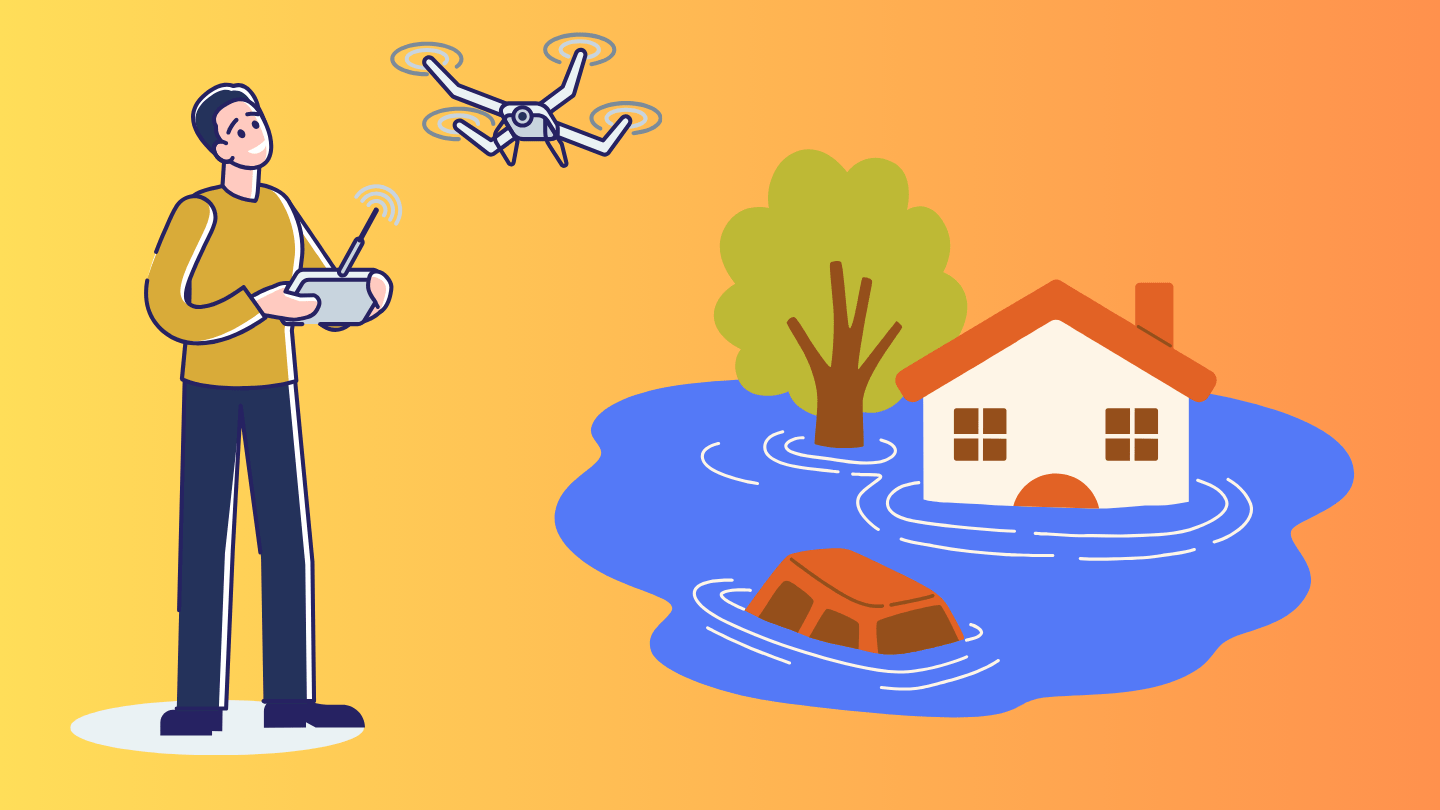
Discover how Digital Public Infrastructure (DPI) transforms water governance through AI-powered platforms like aquaWISE, enabling scalable, climate-resilient smart water management, while advancing SDG 6 and building inclusive digital water systems.

Water is not merely a resource – it is the foundation of human dignity, economic prosperity, and planetary health. Yet today, the global water crisis reaches unprecedented proportions. As of 2024, 2.1 billion people worldwide lack access to safely managed drinking water, while billions more face challenges with sanitation, hygiene, and water quality.
The challenges intensify as climate change disrupts hydrological systems, manifesting as devastating floods and prolonged droughts that expose the fragility of traditional water management systems. These extremes are becoming more frequent and severe, requiring urgent, transformative action in how we govern and manage water resources globally.
Yet within this crisis lies transformative opportunity. Digital Public Infrastructure (DPI) for water represents a paradigm shift, enabling governments, utilities, and communities to transition from reactive, siloed water management to proactive, integrated, data-driven governance. By creating the invisible backbone of modern water systems – interoperable platforms, real-time data networks, and intelligent decision-support systems, DPI unlocks efficiency, equity, and resilience at scale.
Vassar Labs’ aquaWISE platform exemplifies this transformation. As a comprehensive, AI-powered digital water management transformation ecosystem, it demonstrates how DPI principles manifest in practice, delivering measurable outcomes across water supply, agriculture, flood management, and climate adaptation. This blog explores how Digital Public Infrastructure for water is reshaping governance, enabling scalability, fostering inclusion, and building climate readiness for the sustainable future we desperately need.
Smart Water management sits at the intersection of multiple crises. Traditional approaches rely on fragmented, siloed systems unable to coordinate across departments; manual, paper-based processes generating inefficiencies; reactive decision-making leaving communities vulnerable to floods and droughts; limited transparency hindering citizen engagement; and insufficient capacity for monitoring complex water networks.
DPI for water fundamentally reorders this landscape by establishing unified data ecosystems enabling real-time visibility across basins and cities, interoperable systems allowing seamless data exchange between utilities and agencies, predictive analytics and AI-driven decision support for anticipatory action, transparent citizen-centric interfaces fostering accountability, and scalable, cloud-agnostic infrastructure deployable across diverse contexts.
Vassar Labs’ aquaWISE integrates these principles into a unified ecosystem delivering 20+ specialized products for water resources information management, agricultural optimization, urban water services, flood early warning, dam operations, watershed conservation, and groundwater monitoring – all operating on a common data and analytics foundation.
Vassar Labs’ aquaWISE embodies Digital Public Infrastructure water principles through a comprehensive, modular architecture integrating specialized products across the complete water lifecycle.
The platform is a unified, cloud-based platform that seamlessly monitors the entire cycle of water from source to supply. It uses AI, IoT, and digital twin technologies for real-time insights on water resources. Designed for ease of use, it requires no technical expertise and operates directly on the web or mobile app with a low-code interface, ensuring rapid deployment and effortless scalability across diverse geographies.
aquaWISE empowers policymakers, water authorities, utilities, industries, and citizens to make data-driven decisions for sustainable water management. By integrating specialized products across urban water systems, irrigation, flood forecasting, and water resource planning, it demonstrates how comprehensive DPI platforms deliver measurable outcomes across the complete water lifecycle.
The global water crisis demands urgent, transformative action, and traditional approaches are too slow, inefficient, and inequitable to address the challenges we face. Digital Public Infrastructure for water offers a fundamentally different path, one built on shared data, interoperable systems, AI-powered intelligence, and inclusive governance that transforms water management from reactive, sector-specific efforts into predictive, integrated, data-driven solutions. Vassar Labs’ aquaWISE exemplifies this transformation, demonstrating how comprehensive DPI platforms deliver measurable outcomes: reduced water losses, improved equity, enhanced resilience, and faster crisis response. The path forward requires political will and coordinated action – prioritizing Water DPI in national digital transformation strategies, establishing locally-led governance frameworks, mobilizing blended financing, building technical capacity, and ensuring inclusive outcomes for marginalized communities. The world has the technology, knowledge, and resources to ensure universal water security; Water DPI is not merely a technical upgrade but a fundamental reimagining of how we collectively steward our most precious resource. By embracing DPI for water today, we build the scalable, inclusive, climate-ready governance systems that billions depend on – this is water’s immediate imperative.


